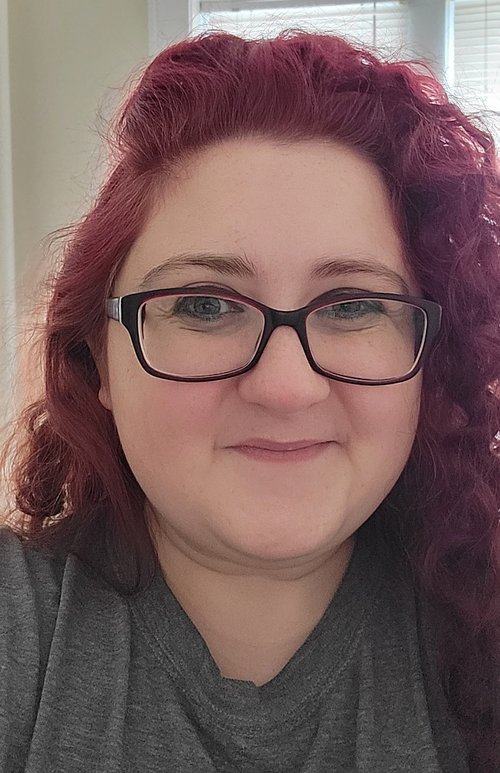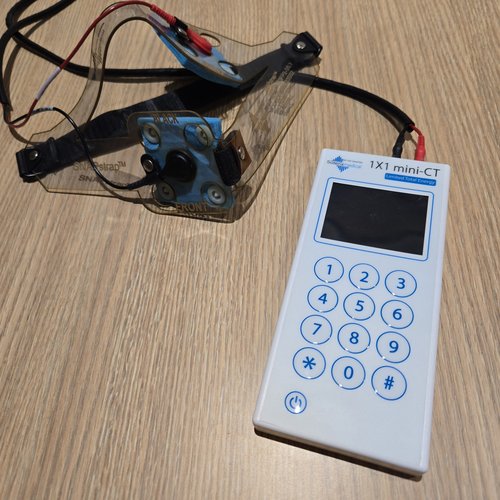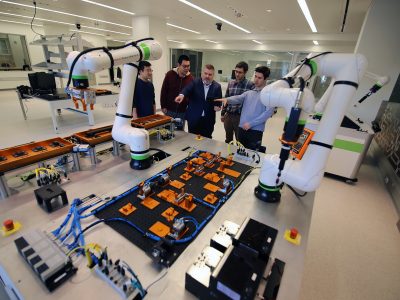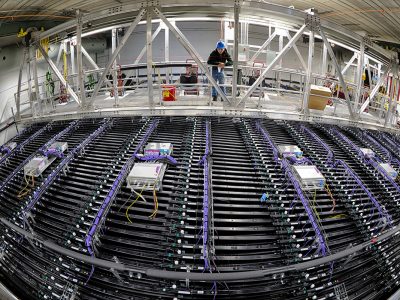A painless and non-invasive pulse of electrical stimulation to specific brain areas can ease some symptoms of post-stroke patients, though how it works remains a physiological mystery.
A pilot study of a post-stroke population by researchers from the Department of Communication Sciences and Disorders revealed some potential benefits of transcranial direct current stimulation (tDCS) on attention and fatigue. Study findings were published in Frontiers in Human Neuroscience.
Researchers worked with 10 stroke survivors (average age: 62.8) participating in two sessions spaced at least three days apart. They were all diagnosed with post-stroke aphasia, a language disorder that results from a stroke injury.
Each session began with an attention test as researchers recorded brain activity through electroencephalography and tracked pupil size. Participants received an attention-training exercise with either real tDCS or a placebo version. Afterward, they repeated the initial attention test.

“If you can find a way to improve their attention, it can help other areas of their life,” says Hannah Rembrandt, first co-author and Ph.D. student in the University’s Aphasia Lab, directed by Ellyn Riley, associate professor and principal investigator of the study.
Understanding post-stroke attention is crucial because it is a foundation of executive functioning, which includes memory, language and planning.
The Syracuse study, however, yielded mixed results. The participants who received real tDCS showed significantly larger pupil dilation, which could be expected to correlate with improved attention. Pupil dilation reveals the activation of the locus coeruleus-norepinephrine pathway, a brain system involved in attention. Researchers wanted to learn if pupil dilation measurements could be a physiological marker for assessing its effectiveness.
Yet the actual treatment did not benefit patients in measurable attention tests.
“We hypothesize that attention did not improve because there were too few sessions of the treatment,” says Rembrandt. “Other research has suggested that it is more effective when you use it for multiple sessions.”

An intriguing finding is when participants received the real stimulation, they felt less fatigued after the attention test than when they received the placebo. The study suggests that tDCS might help reduce fatigue by affecting specific brain pathways. The participants rated their general level of fatigue on a scale of zero to 100 at the beginning and the end of the session.
“If you do a lot of mental activity, we’d expect fatigue to increase,” says Rembrandt. “That tDCS mediated an increase shows a lot of promise to help combat fatigue.”
Rembrandt says more studies are needed to determine whether the treatment could serve as a reliable tool for post-stroke cognitive rehabilitation.
“This is a step forward into understanding exactly how this treatment has been able to help people, and we are looking forward to continuing this work and learning more,” says Rembrandt.
Story by John H. Tibbetts


